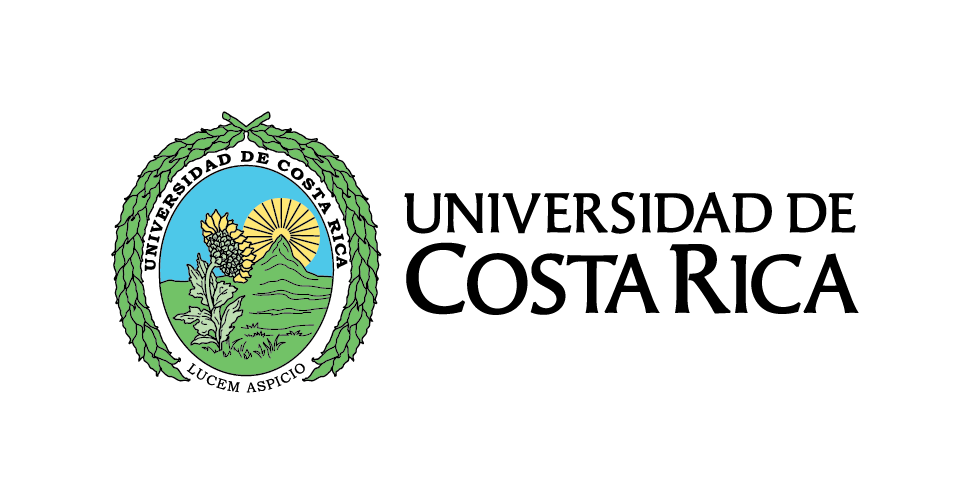Una discursividad visual paralela a la de la elite chilena: La Lira Popular
This work analyzes the visual discourse of the xylographs of La Lira Popular, a string literature of wide circulation in Chile at the end of the 19th century. The aim is to disseminate such productions because they constitute a historical artistic heritage, an expression of the imago mundi of the su...
Furkejuvvon:
| Váldodahkkit: | , |
|---|---|
| Materiálatiipa: | Online |
| Giella: | spa |
| Almmustuhtton: |
CIICLA, Universidad de Costa Rica
2019
|
| Fáttát: | |
| Liŋkkat: | https://revistas.ucr.ac.cr/index.php/intercambio/article/view/37709 |
| Fáddágilkorat: |
Lasit fáddágilkoriid
Eai fáddágilkorat, Lasit vuosttaš fáddágilkora!
|
| Čoahkkáigeassu: | This work analyzes the visual discourse of the xylographs of La Lira Popular, a string literature of wide circulation in Chile at the end of the 19th century. The aim is to disseminate such productions because they constitute a historical artistic heritage, an expression of the imago mundi of the subaltern social groups, because they are a valuable source where the ideas, feelings, configurations that give body to a generated narrative in a space that is outside. of cultural control of the elite that can be identified, and that develops in parallel to the process of construction of the political hegemony that the State carried forward at the time. The methodology developed is a hypothetical deductive, centered on the discussion and analysis of secondary and primary sources, respectively; whose main result has been to show that popular artists constituted a space in which they could escape from hegemonic control. |
|---|

